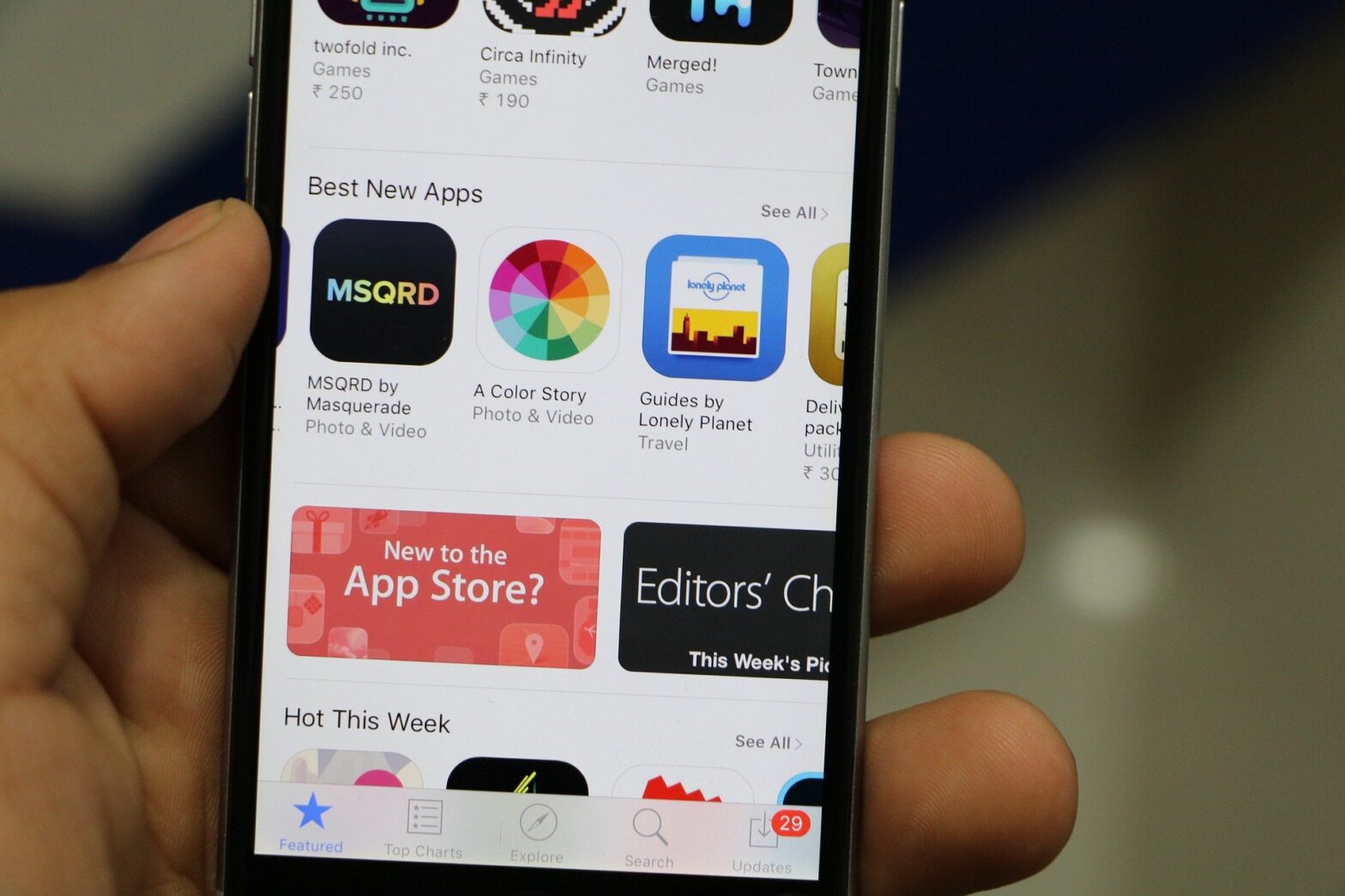You’ve made an app. Now what?
You need users. While most developers lean on paid advertisements or other marketing practices to drive user acquisition, there’s one space that is often overlooked when a new app is released.
App Store Optimization (ASO) is the practice of influencing the ranking of an app within an app store. Most of the time, this is a marketing exercise aimed at increasing downloads of a mobile application, but it can be useful for increasing brand exposure and encouraging more positive reviews as well.
There are over 2.2 million apps in the Apple app store alone, so the question is: How do you make your app stand out against the competition? This article will explore three critical strategic areas that are required for effective app store optimization and provide a few useful tips for each.
Optimizing App Content
The first (and probably most important!) step is to ensure that you are properly optimizing the content that describes your app within the app store. If Google Play or Apple doesn’t know what your app does, then they won’t be able to suggest it to potential users.
You’ll need to take the time to think about the keywords that describe your app’s functions and understand what problems your potential users are seeking solutions for. With a full understanding of what your users want and how your app fills that niche, you can start optimizing by creating a compelling title and description for your app that utilizes the appropriate keywords.
Understanding Critical Algorithmic Factors
Similar to SEO, rankings in app stores are controlled by an algorithm that provides suggestions based on a variety of factors. A strong understanding of these ASO ranking factors will enable your team to make insightful decisions against influencing them.
The most important factors when it comes to app store optimization include:
- Keywords in the title of your app
- Keywords in the description of your app
- Total number of downloads
- The overall quality of app ratings
- Number of comments
- The reputation of the publisher
When you identify areas that need improvement, you can develop specific strategies to increase the appeal of your app to the app store.
Don’t Underestimate Your Website
When comparing ASO to SEO, there are certainly more limitations on your ability to influence rankings when it comes to ASO. That said, these two channels are not competitive, but rather they are complementary. A smart way to support your ASO efforts is to use your website to drive qualified and educated traffic directly to your app in the app store.
This is important for two reasons:
- It solves “the chicken and the egg” problem with ASO. For example, if the total number of downloads is an important ranking factor for ASO, but no one has downloaded your app yet, then how will new people find it? If you can use your website to drive downloads, then you will improve your ASO until your SEO is eclipsed by organic growth in the app store.
- There are more options for SEO. While the opportunities for creating new content within the app store may be limited, that’s not true of your website. There is essentially no limit to how much content you can create, letting you get creative with how you drive traffic to your app.
ASO Is Just One Step In Successful App Marketing
While App Store Optimization is just one piece to your marketing puzzle, if you don’t take it seriously then you are limiting your potential organic growth. You need to make your app easily discoverable if you really want to acquire users without the constant need for paid ads.
That said, ASO cannot be your only marketing strategy. You need to balance it against a set of repeatable outbound strategies until your inbound attention eclipses that need. ASO is all about setting the right foundation for your marketing efforts. Do it right now and you’ll be happy about it later!





 0
0



